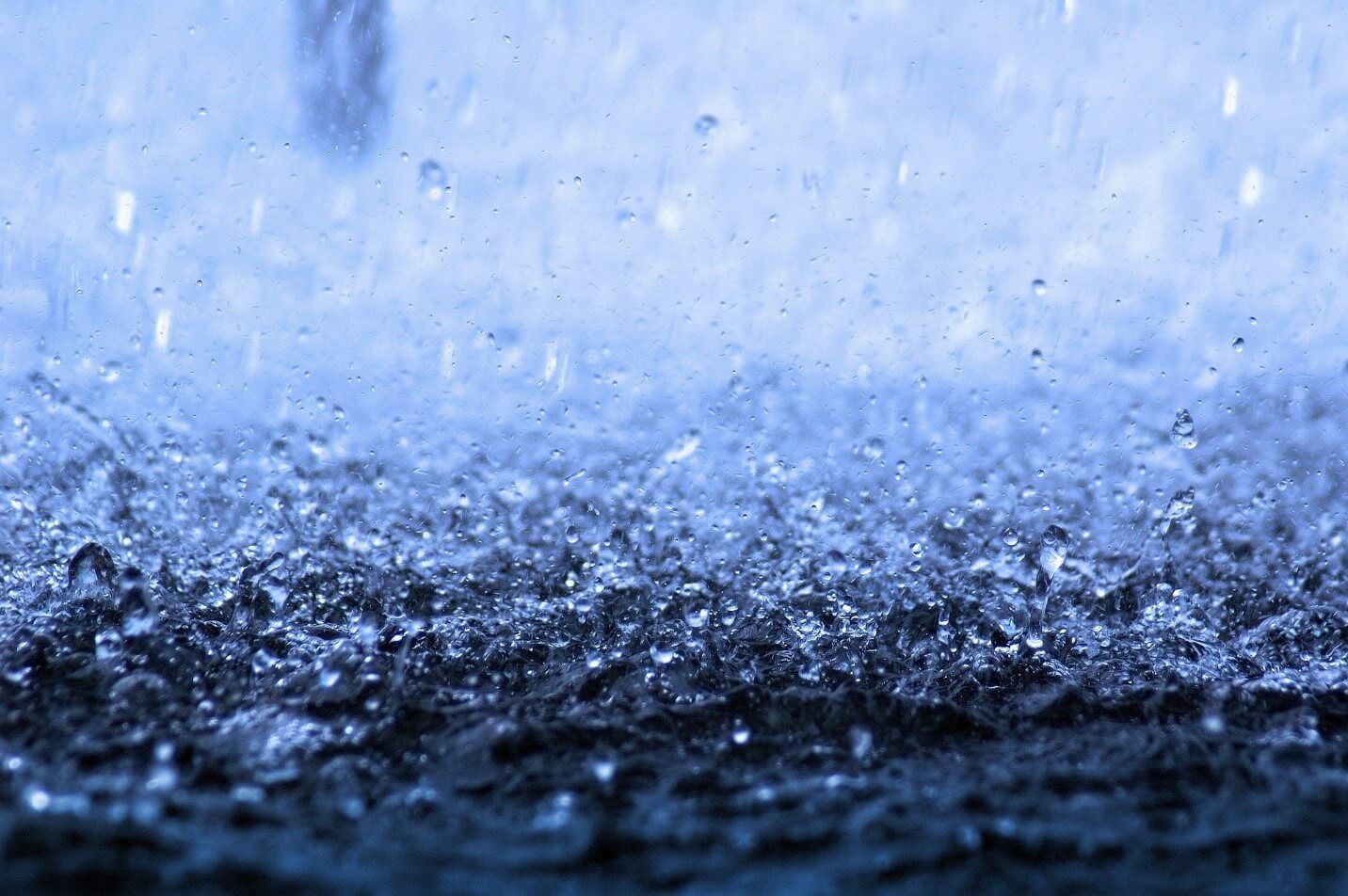
Precipitation is a fascinating part of our weather system. From gentle drizzles to heavy downpours, it plays a crucial role in our environment. But what exactly is precipitation? Precipitation refers to any form of water – liquid or solid – that falls from clouds and reaches the ground. This includes rain, snow, sleet, and hail. Understanding precipitation helps us predict weather patterns, manage water resources, and even prepare for natural disasters. Did you know that the wettest place on Earth receives over 460 inches of rain annually? Or that snowflakes can come in countless unique shapes? Dive into these 29 intriguing facts about precipitation to learn more about this essential natural phenomenon.
What is Precipitation?
Precipitation is any form of water that falls from the sky. It includes rain, snow, sleet, and hail. Understanding precipitation helps us grasp weather patterns and climate changes.
-
Rain is the most common form of precipitation. It occurs when water droplets in clouds become too heavy and fall to the ground.
-
Snow forms when temperatures are low, and water vapor turns directly into ice crystals.
-
Sleet happens when raindrops freeze before hitting the ground, creating small ice pellets.
-
Hail forms in strong thunderstorms with intense updrafts, causing ice pellets to grow larger before falling.
How Precipitation Forms
Precipitation forms through various processes in the atmosphere. These processes involve temperature changes, air pressure, and moisture levels.
-
Condensation is the process where water vapor turns into liquid water, forming clouds.
-
Evaporation occurs when water from oceans, lakes, and rivers turns into water vapor and rises into the atmosphere.
-
Coalescence happens when small water droplets in clouds combine to form larger droplets, eventually falling as rain.
-
Deposition is when water vapor changes directly into ice without becoming liquid first, forming snowflakes.
Types of Precipitation
Different types of precipitation occur under various weather conditions. Each type has unique characteristics and formation processes.
-
Drizzle consists of very fine water droplets, usually falling from low clouds.
-
Freezing rain occurs when raindrops freeze upon contact with cold surfaces, creating a layer of ice.
-
Graupel is soft hail or snow pellets formed when supercooled water droplets coat a snowflake.
-
Virga is precipitation that evaporates before reaching the ground, often seen as streaks below clouds.
Measuring Precipitation
Accurate measurement of precipitation is crucial for weather forecasting and climate studies. Various tools and methods help scientists gather data.
-
Rain gauges collect and measure the amount of liquid precipitation over a specific period.
-
Snow gauges measure the amount of snowfall by collecting snow in a container and melting it to determine water content.
-
Radar technology detects precipitation by sending out radio waves and measuring the return signal.
-
Satellite imagery provides a broad view of precipitation patterns across large areas.
Impact of Precipitation on the Environment
Precipitation plays a vital role in maintaining ecosystems and supporting life on Earth. It affects water supply, agriculture, and natural habitats.
-
Water cycle relies on precipitation to replenish freshwater sources like rivers, lakes, and aquifers.
-
Agriculture depends on regular precipitation for crop growth and soil moisture.
-
Forests thrive with adequate precipitation, supporting diverse plant and animal species.
-
Droughts occur when there is a prolonged lack of precipitation, leading to water shortages and crop failures.
Precipitation and Climate Change
Climate change impacts precipitation patterns, leading to more extreme weather events. Understanding these changes helps us prepare for future challenges.
-
Global warming increases evaporation rates, leading to more intense and frequent precipitation events.
-
Shifting weather patterns cause some regions to experience more rainfall while others face prolonged droughts.
-
Melting ice caps contribute to rising sea levels and altered precipitation patterns.
-
Increased storm intensity results from warmer ocean temperatures, leading to heavier rainfall and stronger storms.
Fun Facts About Precipitation
Precipitation has many interesting aspects that might surprise you. These fun facts highlight the diversity and wonder of this natural phenomenon.
-
Rainbows form when sunlight refracts through raindrops, creating a spectrum of colors.
-
Snowflakes are unique, with no two snowflakes having the same shape.
-
Hailstones can grow as large as grapefruits, causing significant damage during severe storms.
-
Cloud seeding is a technique used to induce precipitation by dispersing substances into the air.
-
Deserts receive less than 10 inches of precipitation annually, making them some of the driest places on Earth.
The Final Drop
Precipitation shapes our world in ways we often overlook. From rain nurturing crops to snow creating winter wonderlands, it’s a vital part of our ecosystem. Hail can be destructive, yet fascinating, while sleet and freezing rain remind us of nature’s complexity. Dew and fog add a touch of mystery to mornings, and drizzle offers a gentle reminder of the weather’s subtleties. Understanding these forms helps us appreciate the delicate balance of our environment.
Knowing these facts can make you more aware of how precipitation impacts daily life. Whether it’s planning your day, understanding weather patterns, or simply marveling at nature, these insights are invaluable. So next time you see a raindrop or a snowflake, remember the fascinating science behind it. Stay curious, stay informed, and let the wonders of precipitation continue to amaze you.
Was this page helpful?
Our commitment to delivering trustworthy and engaging content is at the heart of what we do. Each fact on our site is contributed by real users like you, bringing a wealth of diverse insights and information. To ensure the highest standards of accuracy and reliability, our dedicated editors meticulously review each submission. This process guarantees that the facts we share are not only fascinating but also credible. Trust in our commitment to quality and authenticity as you explore and learn with us.
